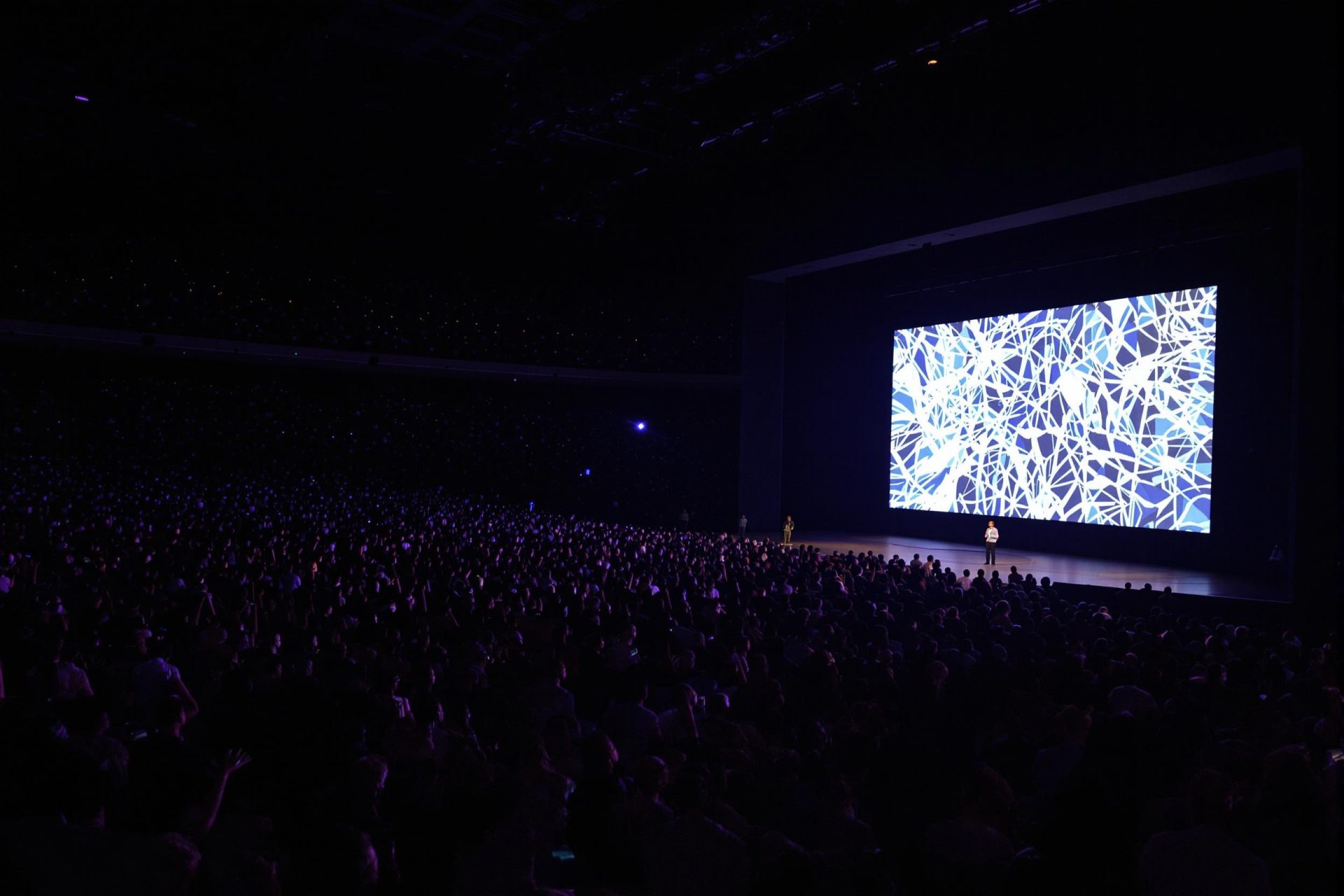Key Takeaways
- OpenAI has released a variety of AI models, each designed for different tasks, from general conversation to complex reasoning.
- GPT-4o is the latest flagship model, known for its speed, intelligence, and advanced abilities with text, voice, and images.
- GPT-4.5 aims to provide more intuitive and thoughtful interactions, suitable for creative tasks and nuanced conversations.
- The “o” series models (like o1, o3, and o4-mini) are specialized for reasoning, excelling in areas like math, coding, and problem-solving.
- OpenAI also offers smaller “mini” versions that are faster and more cost-effective for specific applications.
Navigating the world of OpenAI’s artificial intelligence can feel a bit like deciphering a secret code, with new models and names appearing frequently. Since the launch of its popular chatbot in 2022, the company has introduced several AI systems, each with unique strengths.
While many competitors offer alternatives, OpenAI’s models remain some of the most recognized. Understanding their differences can help you choose the right tool for your needs, whether it’s coding, brainstorming, or analyzing data.
OpenAI’s flagship model, GPT-4, released in 2023, was a significant undertaking. Its successor, GPT-4o (the “o” stands for omni), launched more recently, matches GPT-4’s intelligence but operates much faster. It boasts improved capabilities across text, voice, and vision, according to OpenAI. This model can quickly translate speech, assist with math problems, and generate impressive images, though its visual prowess has sparked some debate about copyright.
OpenAI suggests GPT-4o is excellent for everyday tasks like brainstorming ideas, summarizing documents, writing emails, and proofreading reports.
Then there’s GPT-4.5, which OpenAI’s CEO Sam Altman described as the first model that “feels like talking to a thoughtful person.” This version emphasizes enhanced understanding, intuition, and aims to reduce errors. It’s positioned as ideal for creative collaborations and can even help you phrase difficult conversations more professionally.
Shifting focus to reasoning, OpenAI introduced the “o1” model and its smaller counterpart, “o1-mini.” These are engineered to “think before responding,” breaking down problems step-by-step. This makes them well-suited for quantitative tasks.
For instance, as detailed in a Business Insider article, an OpenAI engineer demonstrated o1-mini analyzing financial trading strategies and o1 helping with office expansion plans. An “o1 pro mode” is available for even more complex reasoning, like financial forecasting or generating extensive research summaries.
To offer faster and more cost-efficient solutions, OpenAI developed smaller models like “o3-mini.” Released in January, it’s designed for complex questions and shows strength in science, math, and coding. Social media influencer Julian Goldie noted o3-mini is great for quick development tasks and basic programming.
A more powerful version, “o3,” was released in April, described by OpenAI as its “most powerful reasoning model” for coding, math, science, and visual tasks. This model is recommended for complex, multi-step assignments such as strategic planning or advanced math problems.
Most recently, in April, OpenAI unveiled “o4-mini,” another compact model optimized for fast and cost-effective reasoning. It has shown remarkable performance for its cost, particularly in math, coding, and visual tasks, even outperforming benchmarks in mathematics competitions.
The o4-mini is great for quick quantitative reasoning encountered in daily work. For more in-depth analysis, OpenAI suggests opting for o3. AI expert Scott Swingle shared that o4-mini solved a complex computational problem in under three minutes. OpenAI recommends o4-mini for rapid technical queries, data extraction from files, or quick summaries of scientific articles.



